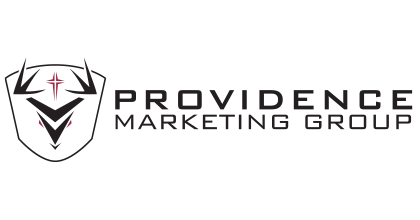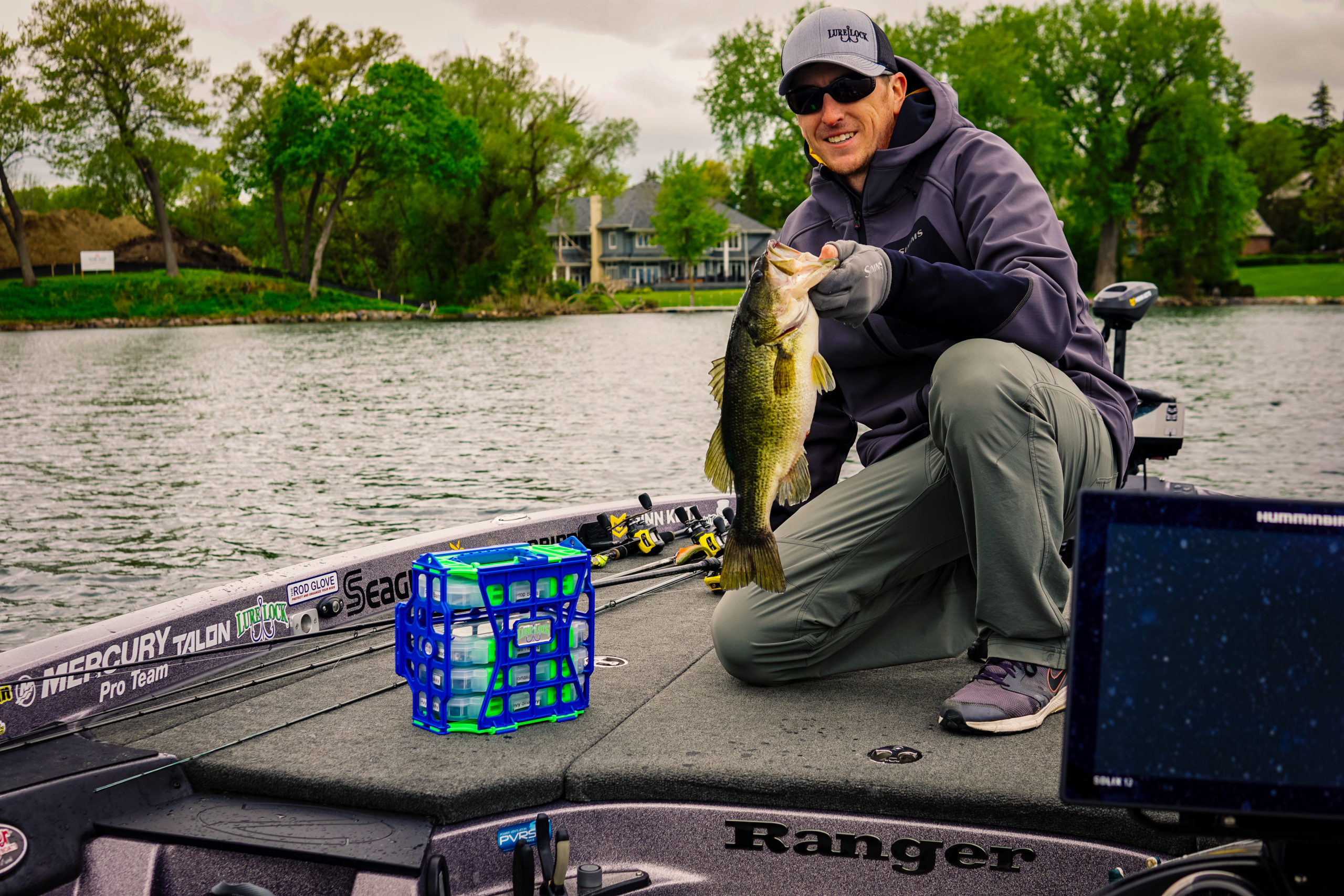Five Tips on What You Can do to Help Get the Most Out of Your Release
This is not an article telling you how to construct or write a press release. There are many templates out there you can follow and
a subject we cover here. Rather, this article will provide you five simple tips you can use to get the most out of your press releases and aid the editorial staff you are targeting. Remember if you make their job difficult, the odds of your release getting picked up goes down exponentially, so get the press you deserve with these useful tips:
1. Know the audience:
Before you begin drafting your press release, it is important to know and identify your audience. If the press release is going to a trade publication, understand the key information they will want to know. Likewise, if the press release is announcing a new product or public event and is meant to reach end consumers, then be sure to only include information, images, and links that you want consumers to see. Your dealers care about case packs, part numbers, and margins, end consumers do not. You may need to draft several variations of a press release based on their destination, just make sure you save them with the appropriate file name, so you can easily identify them and avoid sending the wrong release to the wrong audience.
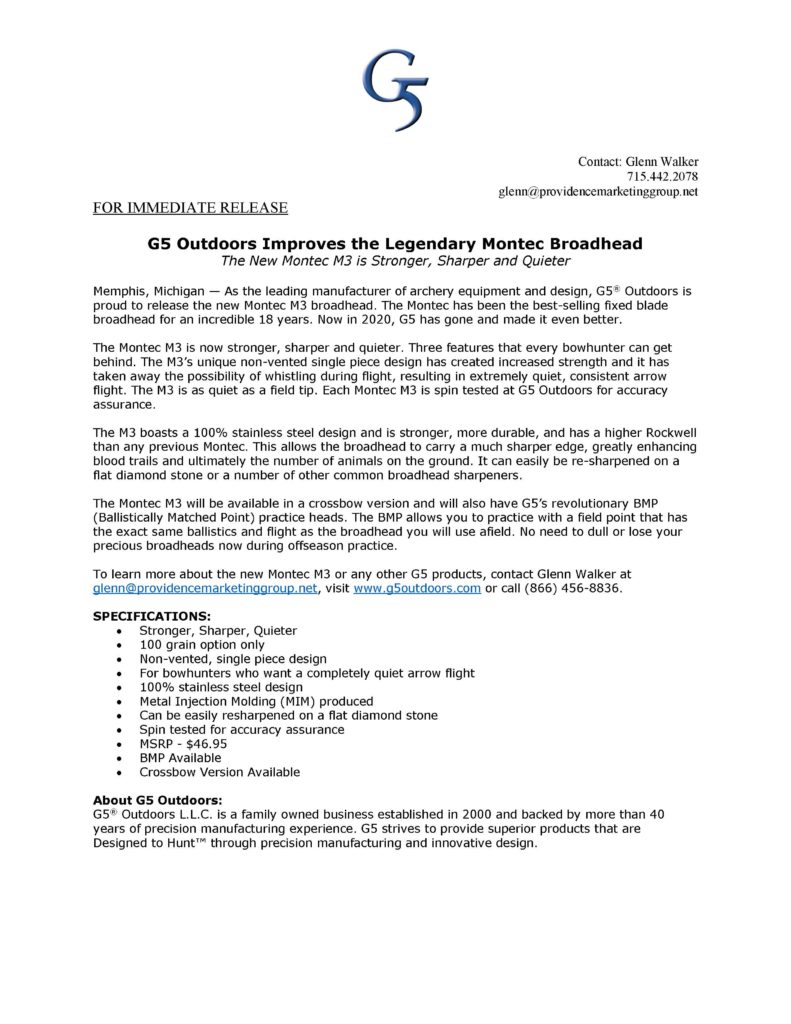
We use the tags Trade-Only and Consumer-Facing to identify the target audience. By doing this you will provide the editorial source the appropriate information and not send out information you do not want the public to see. As an additional note, in today’s digital world, you should always assume anything you put in a release will make its way to the end consumer, and is public, unless you specifically tell your editorial audience otherwise.
2. Do not leave out the nuts and bolts:
Yes, crafting a press release with colorful language and descriptions is needed and makes reading a press release more enjoyable, but do not forget the details. Include the product specifications, or the specific event details. Dates, times and locations of events.
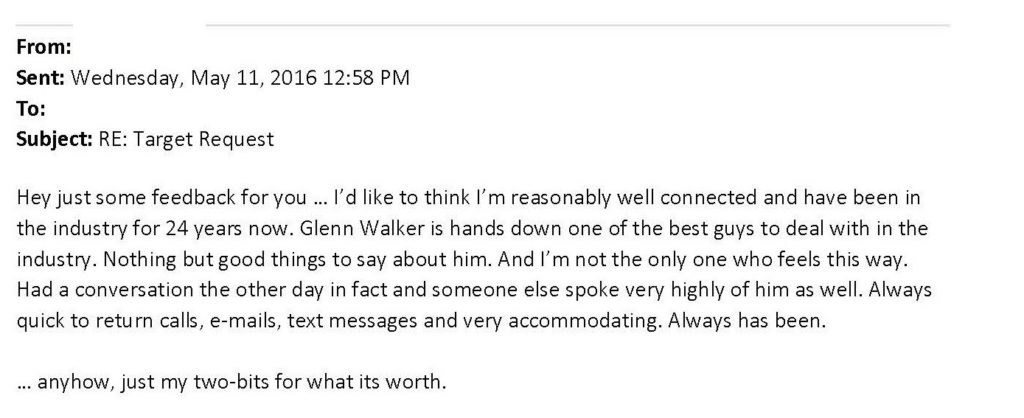 For products this might include colors, sizes, weights, suggested retail, etc. These key pieces of information are crucial for a writer or editor when putting your product into a new gear guide, social media post or web article. Imagine, for a second, how many manufacturers are sending new product information to the same editors you are targeting. If they must call you looking for more information, you have just made their job more difficult. They are under deadlines, and do not have time to chase down the details. Make it easy for them to include your product in their write ups and you will end up with more editorial coverage. Give them the nuts and bolts.
For products this might include colors, sizes, weights, suggested retail, etc. These key pieces of information are crucial for a writer or editor when putting your product into a new gear guide, social media post or web article. Imagine, for a second, how many manufacturers are sending new product information to the same editors you are targeting. If they must call you looking for more information, you have just made their job more difficult. They are under deadlines, and do not have time to chase down the details. Make it easy for them to include your product in their write ups and you will end up with more editorial coverage. Give them the nuts and bolts.
3. Send the requested format:
In most cases, if an editor finds your press release or new product release newsworthy, they will want to use it immediately. Make it easy for them. Provide the release in a file they can easily copy and paste into their own software/system. How can you do this? Send a Word document NOT a PDF, or flattened image file, or anything other than a word document. Avoid fancy fonts, changes in font size, etc. Cute is just that…cute. Editors do not need cute. They need templates they can work with – quickly and efficiently. Again, the easier you can make the intake and reproduction of a press release for an editor, the more editorial coverage you will receive.
4. Images and image size:
Even though you may have some remarkable photography of the product, event, or subject of the press release, be sure to follow basic e-mail etiquette when sending them over along with your press release. If you have multiple images to send, or they are larger than 1 MB, put them in a DropBox folder and send that folder’s URL in the body of the e-mail with your press release. You DO NOT want to be the person that bogs down an editor’s or writer’s inbox, or worse yet, your e-mail may bounce back because it was too large. For product images, many publications want the product image to be on a white or transparent background, so keep that in mind when shooting product photography.
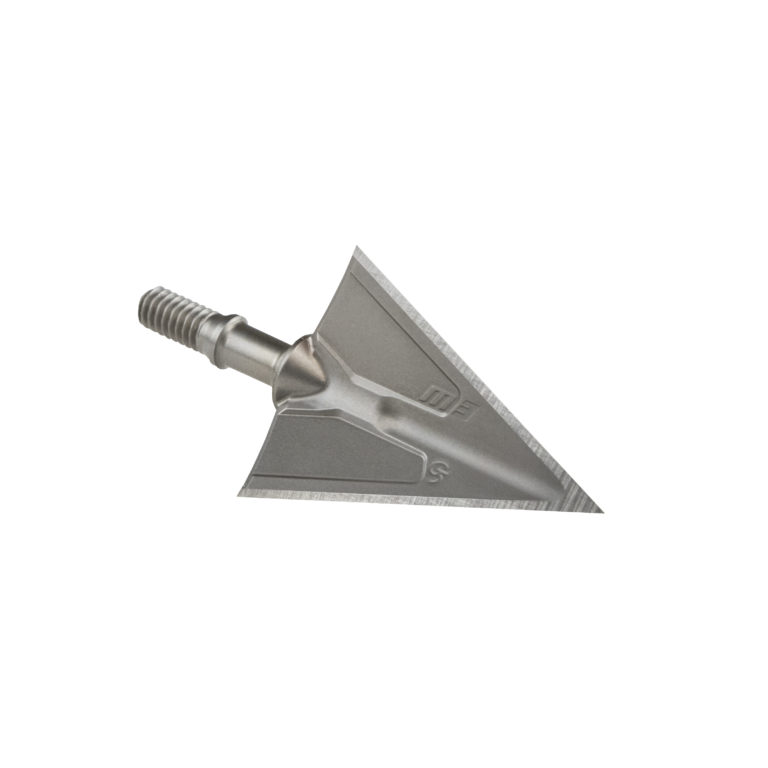
5. Respond and do so in a timely fashion:
Probably the greatest way to increase your editorial coverage is to respond to writer and editor requests in a timely fashion. We take great pride in our timely response to any editorial request. 2 am? We are on it. Why? Well many times editors and writers are under short deadlines and the sooner you can respond to a request for information, the less follow up they need to do, and as we’ve already mentioned this will result in more editorial coverage. If you do not know the answer, or don’t have the press release or image at that moment, a simple reply letting them know you are working on it, and will provide them a time when you anticipate having the information, is always appreciated.
While these five items may sound like common sense and quite simple, they should not be taken lightly or overlooked. They are key pillars to ensuring the success of your press release. Once you have established a reputation among the writing community as reliable, consistent, and timely when it comes to providing them with the proper information, images, and details, you will start to see your editorial coverage really take off.
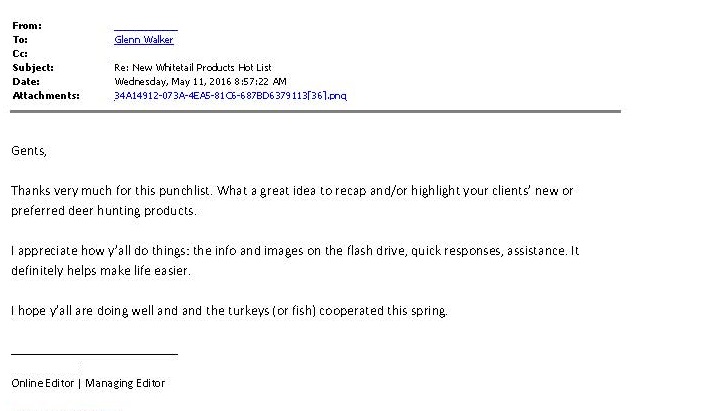
About the Author…Glenn Walker serves as the VP of Operations for Providence Marketing Group. In this role he handles most of the editorial relationships and ensures all their clients press releases are distributed and received by the correct media outlets. For more information, please visit www.www.providencemarketinggroup.net .
